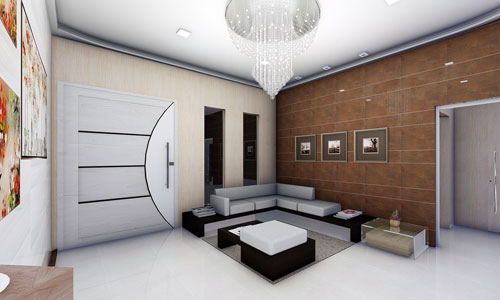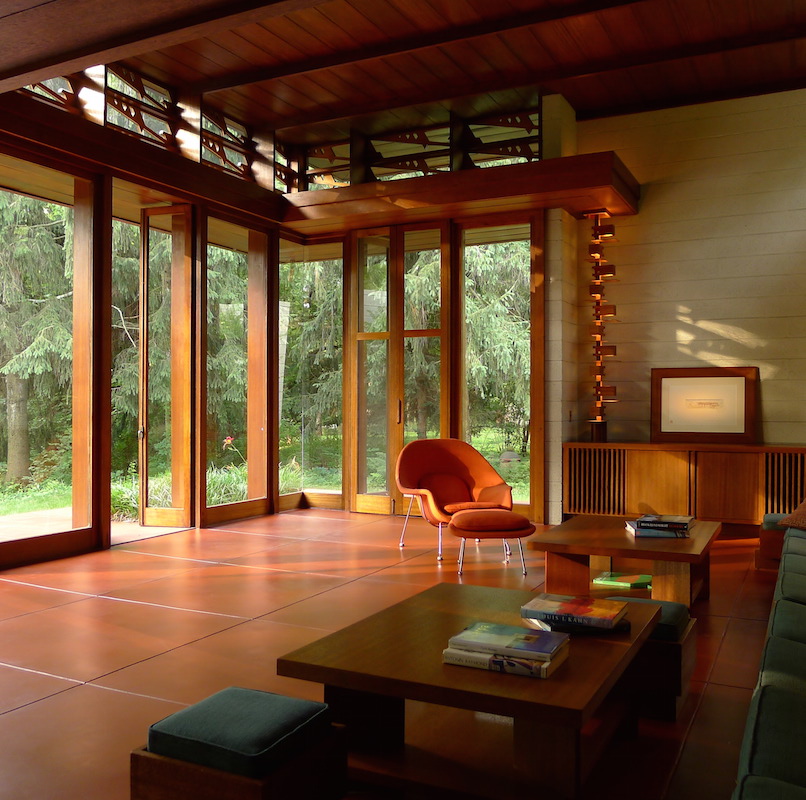Elegant Countryside Homes Interior Design for Modern Living
Elegant Countryside Homes Interior Design for Modern Living
Blog Article
The Art of Balance: Exactly How Interior Design and Home Engineer Collaborate for Stunning Outcomes
In the world of home style, striking a balance between aesthetics and functionality is no little task. This delicate equilibrium is achieved with the harmonious partnership in between interior developers and designers, each bringing their special expertise to the table. The outcome? Spaces that are not only aesthetically magnificent however additionally exceptionally comfortable. This excellent mix is not constantly easy to attain. Remain with us as we discover the ins and outs of this collaborative process and its transformative effect on home style.
Understanding the Core Differences Between Interior Design and Home Architecture
While both Interior Design and home architecture play important roles in creating visually pleasing and useful areas, they are naturally different disciplines. Home style primarily focuses on the architectural aspects of the home, such as developing codes, security regulations, and the physical building and construction of the space. It deals with the 'bones' of the framework, collaborating with spatial measurements, load-bearing wall surfaces, and roof styles. On the various other hand, Interior Design is much more worried with improving the sensory and visual experience within that framework. It includes picking and organizing furniture, picking color pattern, and incorporating ornamental components. While they function in tandem, their duties, responsibilities, and locations of experience deviate substantially in the development of an unified home setting.
The Synergy In Between Home Architecture and Interior Design
The harmony between home design and Interior Design exists in a shared vision of style and the improvement of practical appearances. When these 2 areas line up sympathetically, they can change a home from normal to remarkable. This collaboration calls for a deeper understanding of each technique's principles and the capacity to create a natural, aesthetically pleasing setting.
Unifying Layout Vision
Merging the vision for home architecture and indoor style can produce a harmonious living room that is both practical and cosmetically pleasing. It promotes a synergistic technique where architectural elements complement indoor layout parts and vice versa. Thus, unifying the style vision is critical in blending design and interior design for magnificent outcomes.
Enhancing Useful Aesthetic Appeals
Exactly how does the synergy in between home design and Interior Design enhance practical appearances? This synergy makes it possible for the creation of rooms that are not only visually appealing but also comfortably functional. Architects lay the foundation with their architectural layout, making certain that the room is useful and effective. The indoor developer after that matches this with very carefully chosen components that boost the looks without endangering the capability. This harmonious partnership can result in homes that are both beautiful and liveable. An engineer might make a house with high ceilings and large windows. The interior designer can after that highlight these attributes with high plants and large curtains, specifically, therefore boosting the aesthetic appeal while keeping the practical advantages of natural light and space.
Significance of Partnership in Creating Balanced Spaces
The cooperation between interior developers and engineers is critical in developing well balanced rooms. It brings consistency between style and design, providing birth to spaces that are not just visually pleasing but also useful. Checking out successful joint methods can offer insights right into exactly how this harmony view it now can be properly accomplished.
Harmonizing Layout and Style
Equilibrium, a crucial facet of both Interior Design and design, can only truly be achieved when these 2 fields operate in consistency. This harmony is not simply a visual consideration; it influences the functionality, durability, and eventually, the livability of a room. Inside architects and designers must recognize each various other's roles, respect their expertise, and connect effectively. They must take into consideration the interplay of structural components with decor, the flow of rooms, and the impact of light and color. This collective procedure results in a natural, well balanced design where every component has a purpose and contributes to the general aesthetic. Consequently, harmonizing design and style is not almost producing attractive rooms, yet concerning crafting areas that work effortlessly for their residents.
Successful Collaborative Approaches

Case Studies: Effective Integration of Style and Design
Checking out several study, it ends up being noticeable just how the successful integration of Interior Design and architecture can transform an area. The Glass Home in Connecticut, renowned for its minimalistic sophistication, is one such instance. Engineer Philip Johnson and indoor find out this here developer Mies van der Rohe teamed up to develop a harmonious balance in between the interior and the structure, resulting in a seamless flow from the exterior landscape to the internal living quarters. An additional prototype is the Fallingwater Home in Pennsylvania. Designer Frank Lloyd Wright and interior designer Edgar Kaufmann Jr.'s collective efforts lead to a strikingly distinct residence that blends with its natural environments. These study highlight the extensive effect of a successful style and style collaboration.

Conquering Challenges in Layout and Architecture Collaboration
In spite of the obvious benefits of an effective collaboration in between indoor design and architecture, it is not without its obstacles. Engineers may prioritize architectural honesty and safety and security, while developers focus on convenience and design. Effective interaction, mutual understanding, and concession are vital to overcome these obstacles and attain a unified and effective collaboration.

Future Fads: The Advancing Relationship Between Home Architects and Inside Designers
As the globe of home layout continues to advance, so does the connection more helpful hints in between architects and indoor designers. On the other hand, interior designers are welcoming technical facets, influencing general format and capability. The future promises a much more natural, innovative, and flexible approach to home style, as designers and engineers proceed to blur the lines, promoting a partnership that genuinely personifies the art of balance.
Final thought
The art of balance in home design is achieved through the unified cooperation in between indoor designers and architects. Despite challenges, this collaboration cultivates development and advancement in style.
While both interior design and home style play essential duties in developing visually pleasing and practical spaces, they are naturally various self-controls.The synergy in between home design and interior design exists in a shared vision of design and the improvement of practical visual appeals.Unifying the vision for home style and indoor design can develop a harmonious living space that is both useful and visually pleasing. Thus, unifying the layout vision is vital in blending style and interior design for magnificent results.
How does the harmony between home style and indoor design improve functional appearances? (Winchester architect)
Report this page